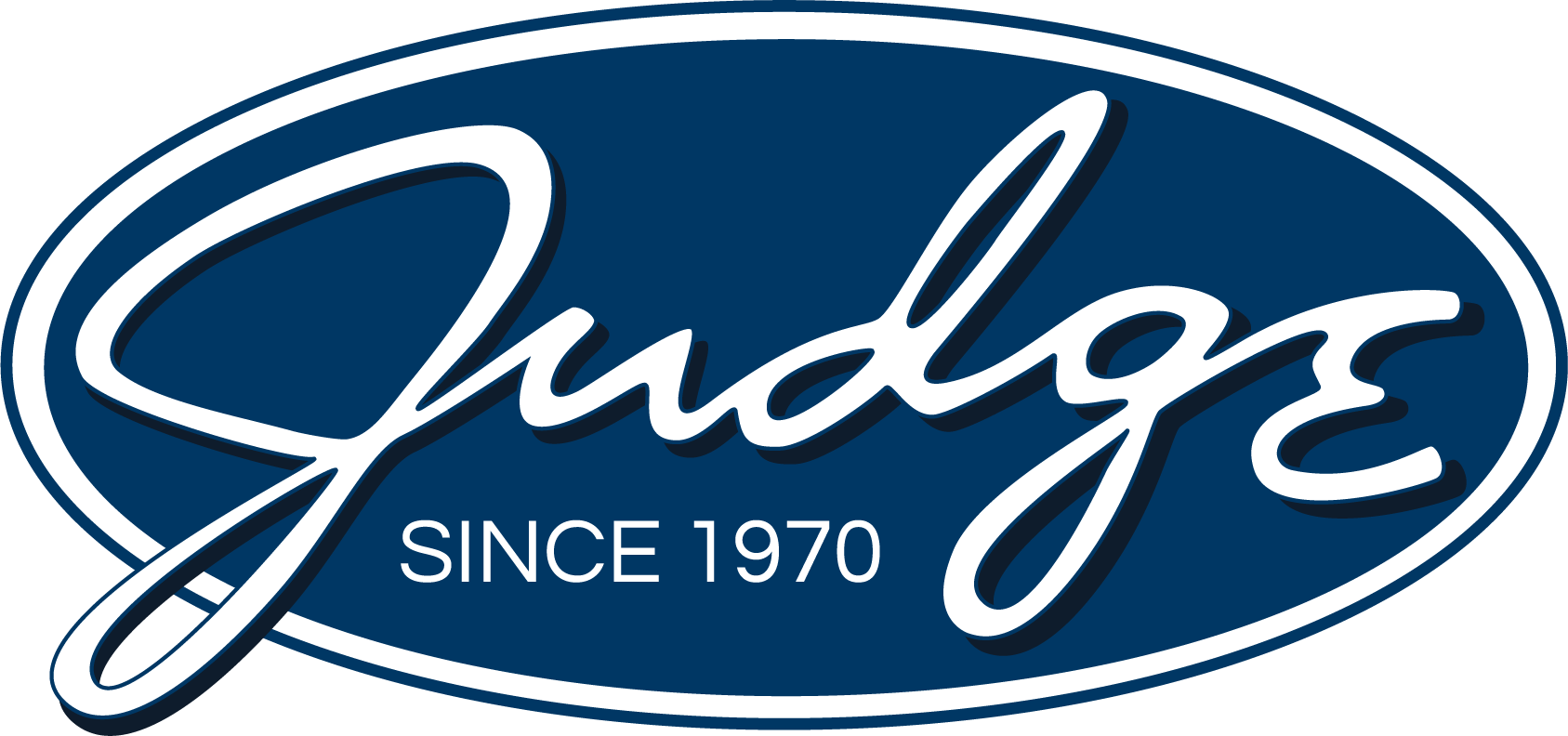Transforming Technical Content into Engaging Learning: The Power of AI and Rapid Prototyping
Technical content is a double-edged sword: it’s the backbone of innovation, but it’s also a training nightmare. Dense, complex, and constantly changing, technical content is a challenge that keeps learning and development (L&D) teams up at night.
But what if there was a way to turn this complexity into an engaging learning experience? The answer lies in the powerful combination of artificial intelligence (AI) and rapid prototyping — a smart approach reshaping how instructional designers create and maintain technical training content.
This solution addresses the three main hurdles of technical content conversion:
- Density: Technical content is notoriously complex, often consisting of confusing jargon and intricate concepts. This density makes it challenging to create digestible learning materials that don’t overwhelm learners.
- Volatility: In rapidly evolving fields like IT, data science, and technology, content becomes outdated quickly, necessitating constant revisions to keep training materials current. This rapid pace of change can make traditional training development methods feel like a never-ending game of catch-up.
- Accessibility: Technical information often serves as a crucial reference for employees in their day-to-day work. As a result, it needs to be not only comprehensible but also easily searchable and retrievable when needed. Creating training that doubles as an accessible knowledge base adds another layer of complexity to the challenge.
This is where rapid prototyping eLearning formats, such as those created with tools like Articulate Rise 360, come into play. These formats balance interactivity and ease of updating, making them well-suited for technical content that requires frequent revisions.
But the real game-changer comes when you pair rapid prototyping with AI technology.
A One-Two Punch: Rapid Prototyping and AI
Rapid prototyping formats provide the perfect canvas for leveraging AI to quickly break down complex training content and infuse it with engaging learning elements. Here’s how this combination works:
- Content analysis: AI can rapidly process and analyze dense technical documentation, identifying key concepts, relationships, and learning objectives.
- Content structuring: Based on its analysis, AI can suggest optimal ways to structure the content for learning, breaking it down into manageable chunks and creating logical learning paths.
- Interactive element generation: AI can propose interactive elements like quizzes, scenarios, or decision trees that reinforce learning and engagement, which can be easily implemented in rapid prototyping tools.
- Language simplification: For highly technical content, AI can suggest ways to simplify language without losing essential meaning, making the material more accessible to a broader audience.
- Update flagging: AI can monitor source materials for changes and flag areas of the training content that may need updating, streamlining the maintenance process.
The Human Touch: AI-Expert Instructional Designers
While AI brings powerful capabilities to the table, the role of human expertise is irreplaceable. AI-expert instructional designers are the key to harnessing this technology effectively. These professionals combine their deep understanding of learning principles with AI capabilities to:
- Ensure that AI-generated content aligns with learning objectives and organizational goals
- Fine-tune AI suggestions to match the specific needs and context of the learners
- Leverage the interactivity features available in rapid prototyping tools to create engaging learning experiences
- Provide the critical human oversight needed to ensure the quality and relevance of the final product
Meeting the Workforce’s Learning Needs
The reality is that employees need to learn and apply complex technical content, regardless of how challenging it is to convert into training materials. The combination of AI and rapid prototyping offers a solution to this challenge, helping organizations to:
- Quickly expand their training library with engaging content on complex topics
- Keep pace with evolving technical fields by facilitating easy updates
- Provide learners with accessible, searchable reference materials
- Reduce the time and cost associated with creating and maintaining technical training content
This method not only addresses the challenges of complexity and rapid change but also enhances engagement and accessibility for learners.
The first step: Identify your most challenging technical content areas. Then, take the plunge and pilot a project using AI and rapid prototyping. Your learners will thank you and your SMEs will breathe a sigh of relief.
If you don’t know where to start, you don’t have to navigate this new frontier alone. Partnering with a learning solutions provider who understands the intricacies of rapid prototyping, AI integration, and technical content transformation can make all the difference. These experts can guide you through the process, ensuring that you leverage the full potential of this new tech while creating training materials that truly resonate with your learners.
Want to discuss this topic more? Let’s chat. Contact us at JLS@judge.com.
About Mark Burke
Mark Burke joined The Judge Group in 2019 and is the Senior Director of Custom Learning Solutions for Judge Learning Solutions where he consults with clients to help them assess their situation, create a strategy, and design and develop a best-in-class custom learning solution. Mark’s experience includes the creation and management of five different online universities, the development of competency profiles and related onboarding programs for several Fortune 100 companies, owning his own assessment and consulting company, and 20 years of developing and implementing learning strategies in both corporate and higher education environments.




